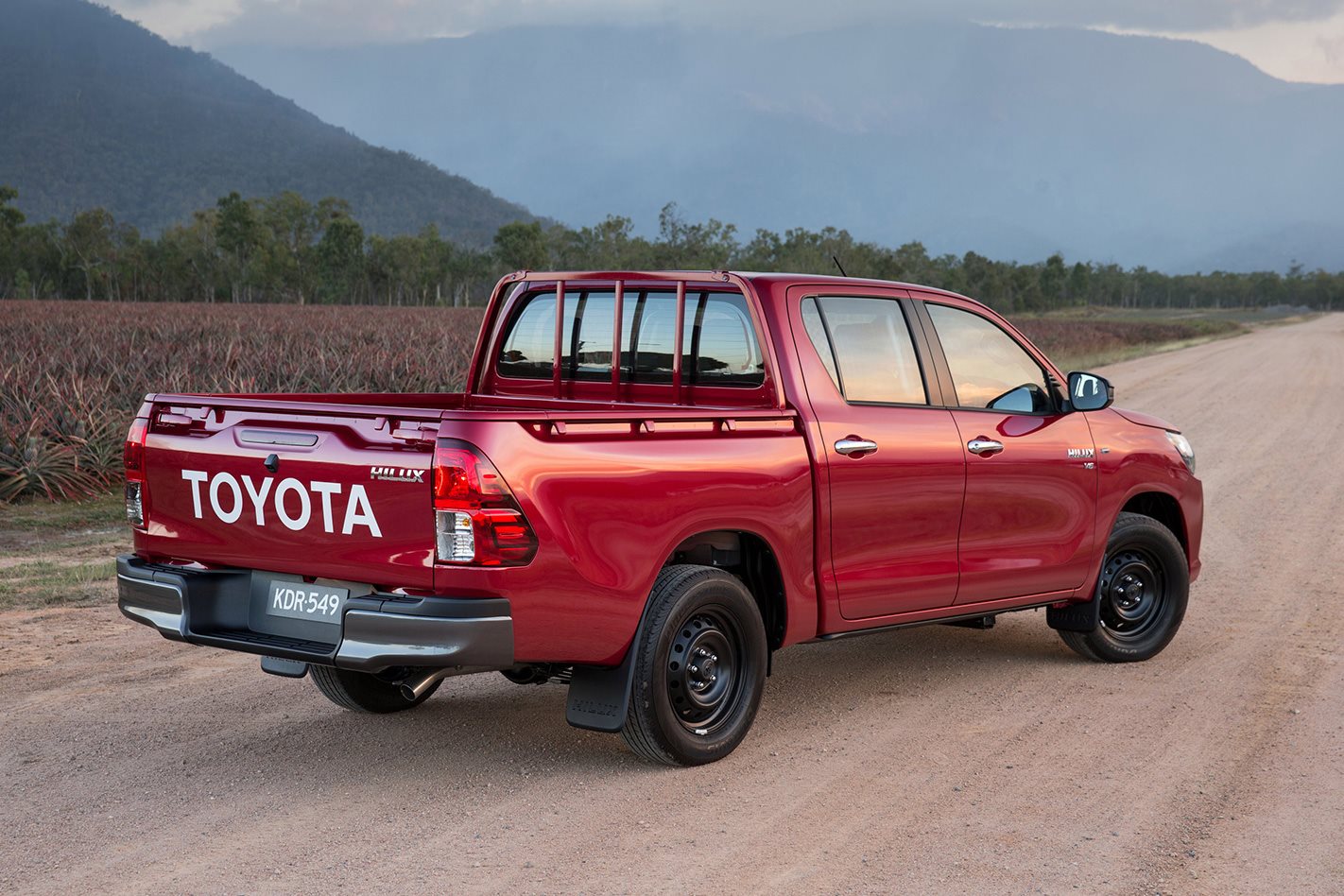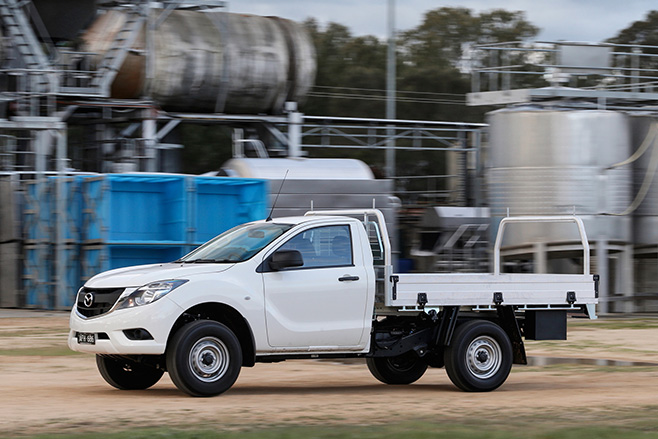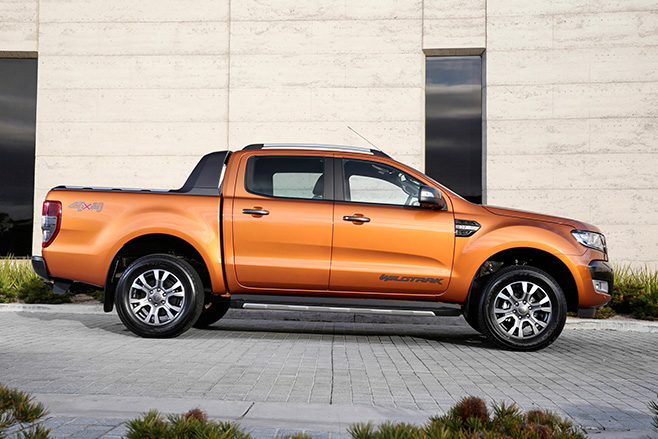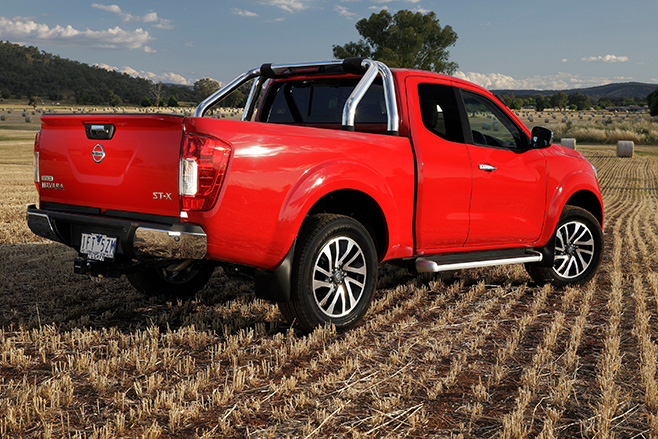
The “Coupe Utility” emerged in the ‘30s and ‘40s as the combination of a coupe-shaped front cabin with a cargo tray in the rear, and rather than looking like a car and a truck sandwiched together, the tray was styled to look like an extension of the cabin.
In true Aussie style, we shortened its name to Utility, then to Ute (trust us to abbreviate an abbreviation), and while the name is short, the list of ute styles and specs is getting ever longer. Australian demand for this style of vehicle is currently through the roof, with utes dominating the monthly sales charts in recent years.
But while we may be spoilt for choice, there are really only three main ute body styles, and there are advantages (and disadvantages) that come with each variant, depending on your wants and needs.
SINGLE CAB

Also called a Single-Cab-Chassis, the Single-cab is the quintessential tradie’s ute that comprises two doors, two seats, and a tray out back for carrying tools and equipment. Single-cab utes typically come in two styles; a box-backed workman’s ute with an alloy flat or panel-sided tray suited for big lock-boxes and load carrying, or car-based iterations such as the iconic Ford and Holden utes, which have since ceased production.
Often supporting load weights in excess of 1000kgs, the leaf-spring set up in Single-cabs is designed with load-hauling ability in mind, and the driving experience tends to suffer slightly where normal cars use independent or coil sprung suspension systems. Single-cab chassis buyers tend to come from a tradie or working background, where other ute styles tend to favour a lifestyle-approach.
DUAL CAB

As the name suggests, the dual-cabin ute has four doors and at least four seats, though most have five these days. It is also called a Double Cab. Because of the extra passenger row, the rear cargo area is shorter than other ute styles, and you’ll see it’s more car-like in the sense that bodywork surrounds the tray and the chassis isn’t exposed. Payload and tow capacities are quite high as well (although typically less than Single-cabs), with some claiming to haul up to 3.5 tonnes.
The roof is longer and well suited to roof racks and rooftop storage, which is very important for some professions and hobbies. Most Dual-cabs come in a variety of drivetrains, powertrains, driven wheels and specifications; their popularity and practicality making them supremely popular with all walks of life. In fact, many manufacturers now classify the Dual-cab Ute in their SUV or Passenger range rather than a commercial vehicle; such is their level of luxury, practicality and popularity.
EXTRA CAB

Also called a Super-cab, Space-cab or King-cab, this body style splits the difference between single and Dual-cab utes. Think of it as a one-and-a-half cab, and the extra room behind the first row of seats can be used as either seating or storage. Many Extra-cabs feature ‘suicide doors’, smaller entry doors that are hinged at the rear and open the cabin right out, and allowing goods and people in and out without needing to shift the front seats like your typical two-door, two-row car.
The second row of seats in Extra-cab styles are perfunctory at best, designed for occasional use and stowed away when not needed for passengers. Many don’t have a fifth (centre) seat either. This feature flattens the floor for bulky items, and lets the driver lock up and store items in the cabin instead of the tray for extra safety or convenience.
There is also more usable length in the trayback than a Dual-cab Ute, and the longer cabin also lends itself to roof racks and rooftop storage.
There’s no one-size-fits-all solution utility vehicle, so each body style has a number of pros and cons. It’s up to you to decide what best suits your lifestyle.



